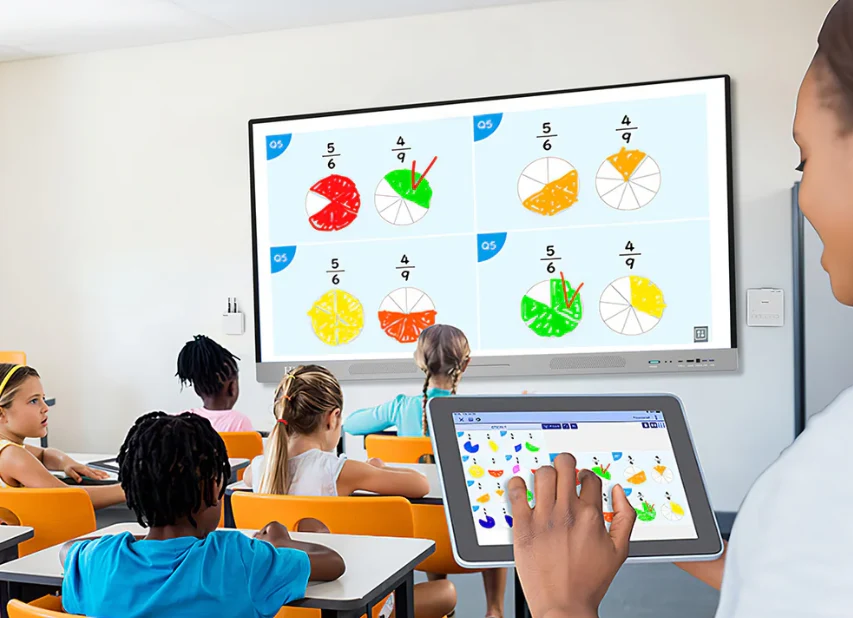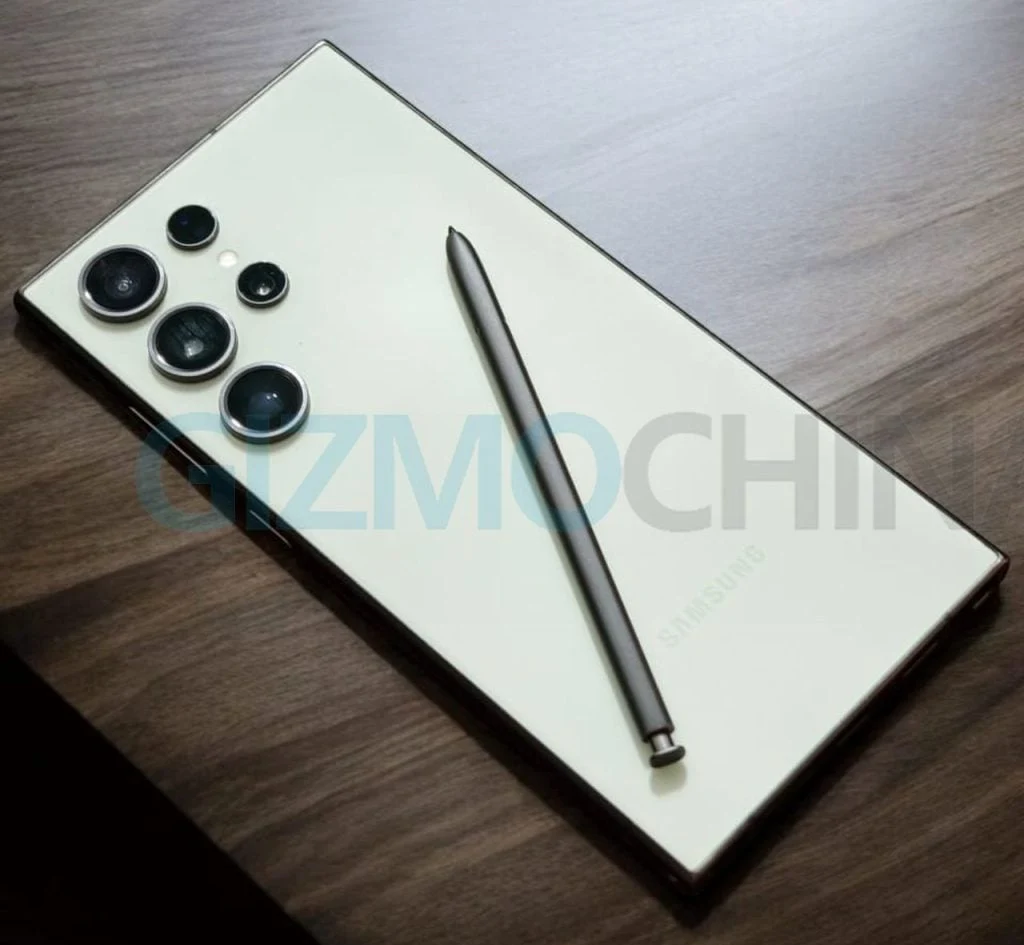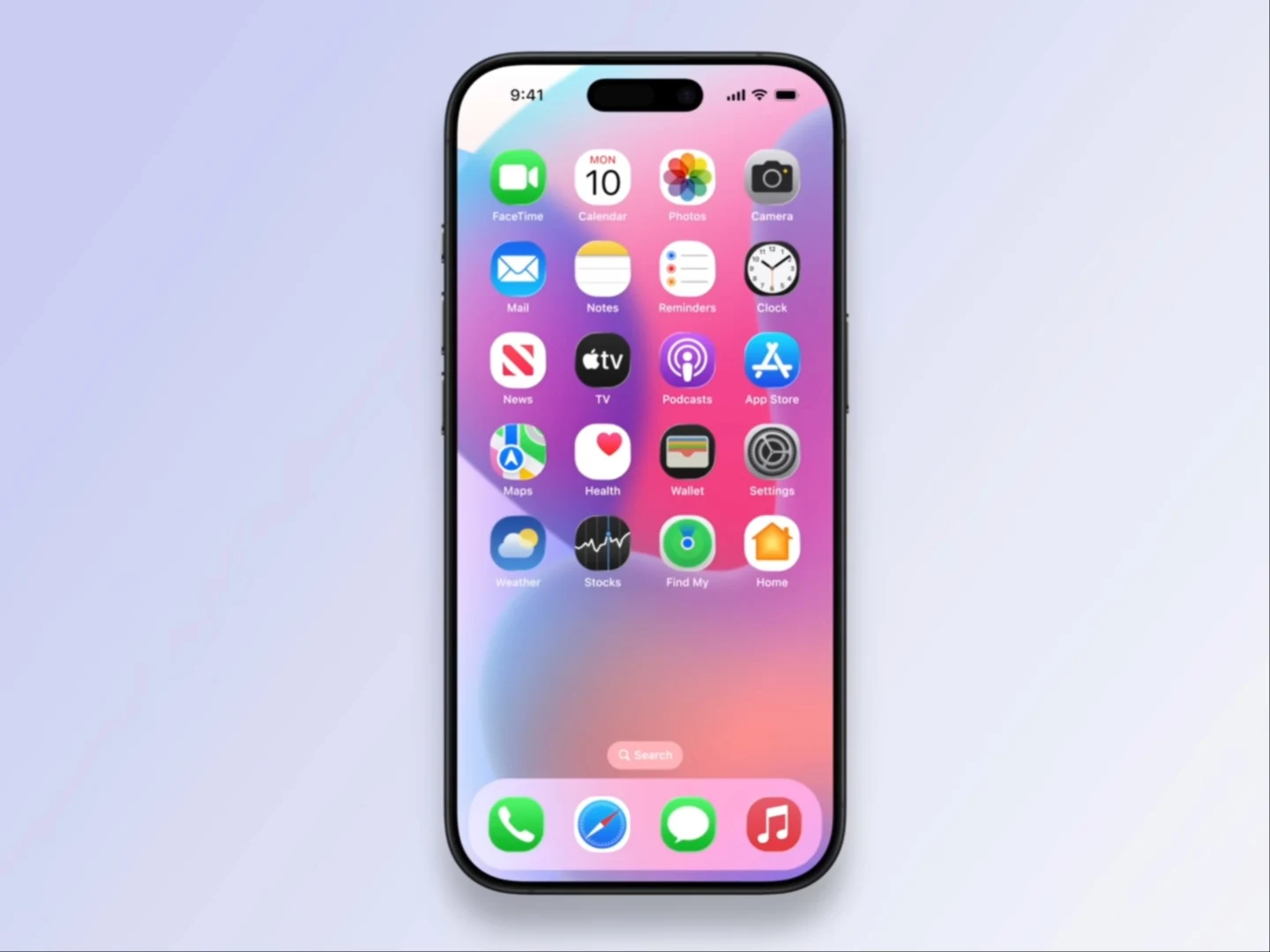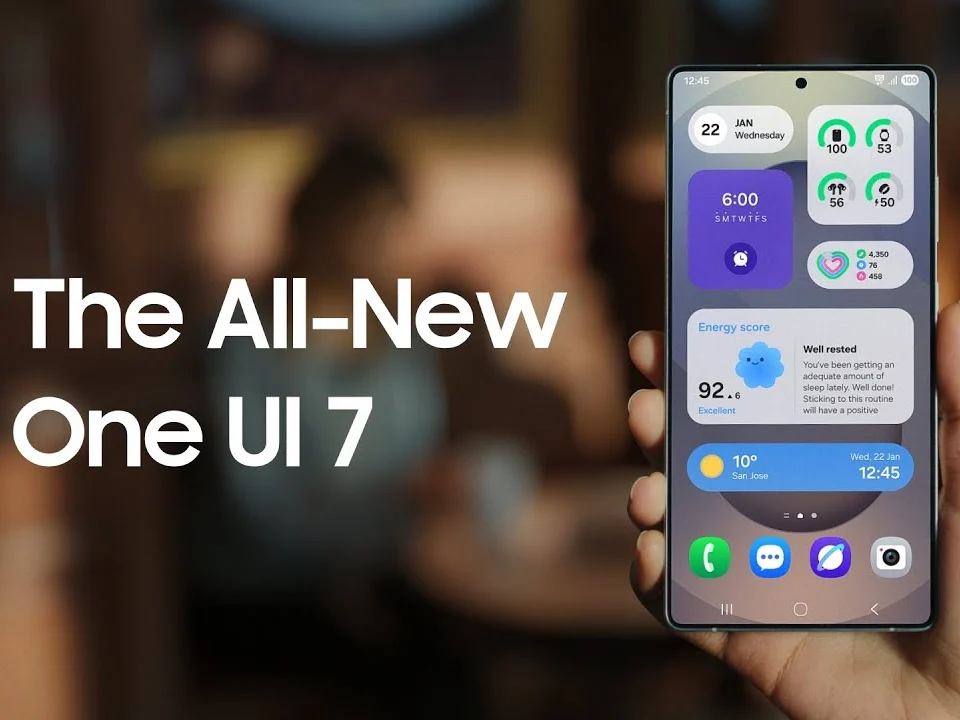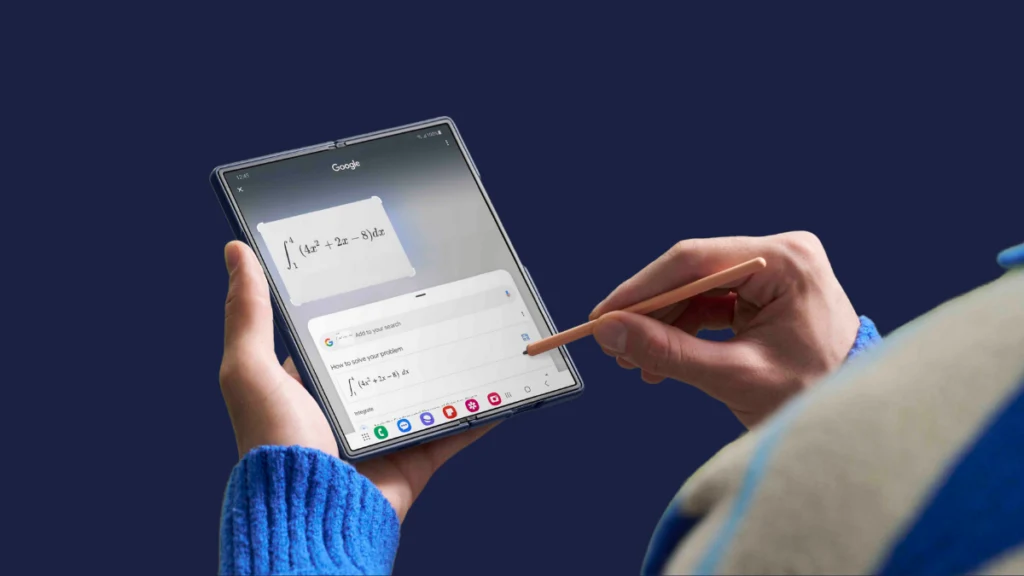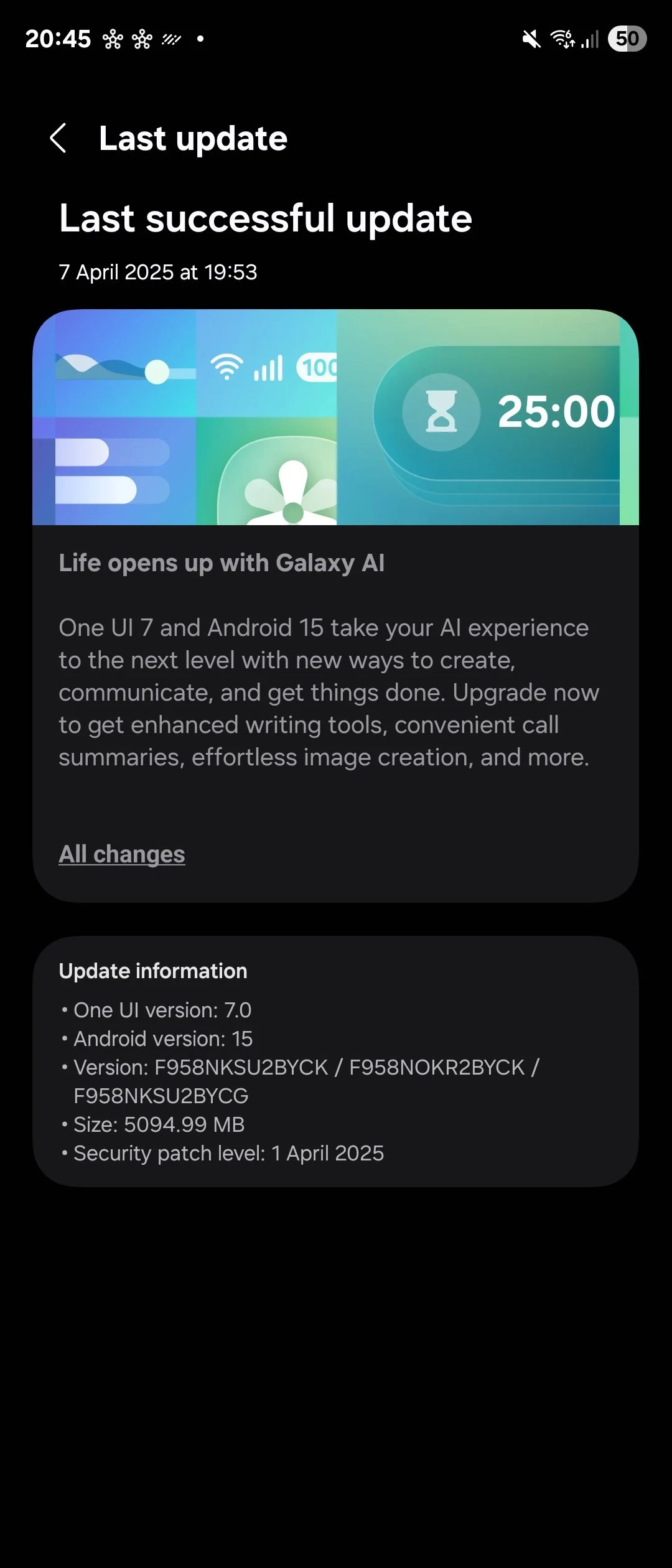Key Takeaways
1. Smart whiteboards, like those from HKMLC, enhance engagement in classrooms and workplaces by replacing traditional equipment with interactive displays.
2. Key features of modern smart whiteboards include 4K UHD visuals, multi-point touch sensitivity, and seamless connectivity with devices and software.
3. HKMLC smart whiteboards integrate multiple tools into one device, simplifying setup and enhancing collaboration for remote and in-person teams.
4. The price range for HKMLC smart whiteboards varies, offering options for different budgets and needs, from basic models to high-performance versions.
5. User feedback highlights improvements in engagement and productivity, making smart whiteboards valuable tools for both educators and business professionals.
Meetings and lectures have changed from boring slides or handwritten notes to something much more engaging. Smart whiteboards are making a big difference by transforming dull sessions into lively places for sharing ideas, whether you’re in a classroom or presenting at work. One of the companies helping to drive this change is HKMLC, which offers all-in-one boards that combine advanced technology with stylish, user-friendly designs.
Why the Excitement?
The excitement comes from the need for tools that match the fast-paced digital world we live in. Teachers want their students to be engaged, and companies are looking for ways to be more efficient. Smart whiteboards provide both of these needs, and the newest models, including the HKMLC smart whiteboard, are impressive with bright visuals, easy integration, and a focus on working together in real-time.
The Importance of Smart Whiteboards Today
Old-fashioned equipment like projectors and dry-erase boards can’t compete with the interactive nature of today’s smart displays. With touchscreens, screen-sharing, and built-in audio-visual features, these devices make lessons and brainstorming sessions feel exciting. Students can engage with hands-on activities, and teams can easily update plans together. This leads to more involvement and less wasted time.
The technology behind these boards is developing quickly. Some displays can automatically adjust their brightness up to 500 nits, ensuring clarity no matter the lighting. Infrared touch technology allows for precise interaction, making it as easy as writing on paper. Plus, compatibility with software like Zoom and Teams, along with legacy VGA systems, ensures that these tools can connect the past with the future.
What Makes HKMLC Smart Whiteboards Unique
Not every smart whiteboard is the same. Here’s what’s trending in 2025:
– Visuals: 4K UHD displays with adaptable brightness suitable for any setting.
– Touch: Multi-point sensitivity allows for up to 20 users to interact simultaneously.
– Connectivity: Features like WIFI 6, Bluetooth, and screen casting to connect various devices.
– All-in-One Design: Built-in cameras, microphones, and speakers reduce clutter.
– Power: High RAM and SSD capacity allows for smooth multitasking.
The HKMLC smart boards successfully combine top-notch hardware (up to 8GB RAM and 128GB SSD) with features like dual operating systems for flexibility in both classrooms and executive offices.
Solutions for Everyday Problems
Great technology doesn’t just look good—it solves common issues. Smart whiteboards simplify setup with quick start options and user-friendly interfaces, making them accessible without needing IT skills. They integrate six different tools (projector, computer, TV, audio, whiteboard, and kiosk) into one device, saving both space and stress. For remote teams, high-quality 4K video and smart microphones enhance communication, while support for multiple devices ensures everyone stays connected.
For example, HKMLC’s Eshare Pro software simplifies screen sharing—no extra cables required.
Price Ranges: Budget vs. Premium
The cost of smartboards varies based on size and features. A 55-inch model with Android 11 and basic specifications (4GB RAM, 32GB SSD) is around $1,500, making it a good choice for smaller environments. For $1,800, you can upgrade to a model with 8GB RAM and 128GB SSD running Android 12, providing more power for demanding tasks.
HKMLC offers various models to suit different needs. The Essential 55 provides basic functionality for $1,589, perfect for those on a budget looking for reliable performance. The Elite 55 features Android 12, 8GB RAM, and 128GB SSD for $1,799, which is better for multitasking.
For larger displays and added features, the Essential Vision 55 has a 48MP camera, costing $1,899, making it great for virtual training sessions. The Elite Dual 75 and Elite Vision 75 are priced above $3,000, with the first supporting dual systems and the latter combining powerful hardware with a 48MP camera, making them ideal for large rooms needing high performance.
User Experiences with HKMLC Smart Whiteboards
Both educators and business professionals have shared positive feedback about HKMLC’s smart whiteboards. One user highlighted how remote classes became more engaging and enjoyable, thanks to the board’s excellent multi-touch capability and bright visuals. A tech project manager remarked that team brainstorming sessions improved dramatically, eliminating the need for endless emails and unclear notes. “It feels like the whole team is in the same room,” said one reviewer. These testimonials show how the whiteboard enhances clarity, engagement, and productivity.
The Future of Smart Whiteboard Technology
The future for smart whiteboards looks promising. Imagine having AI that transcribes meetings or reacts to hand gestures. Brands like HKMLC are already hinting at advancements such as voice recognition and smarter image processing, striving to make whiteboards feel less like screens and more like team members. As hybrid work and learning become more common, these innovations could change what it means to be “present” in meetings.
For now, tools like those from HKMLC strike a balance—powerful, practical, and ready for use. Want to discover more? Explore smart boards at hkmlc.com.

